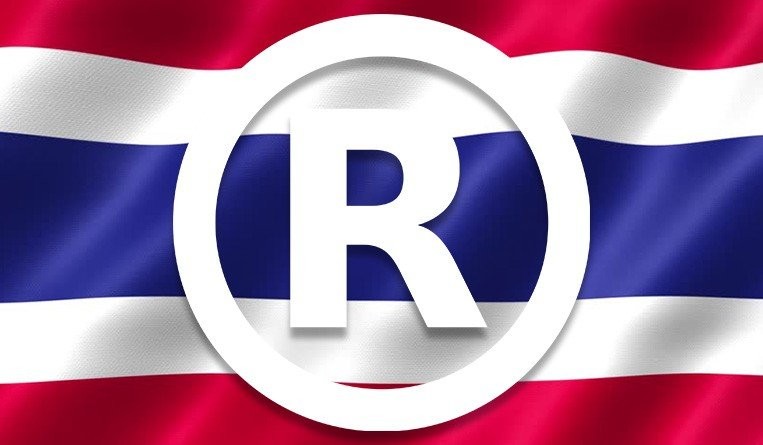Trademark Stylization: Sufficient to Overcome Descriptiveness?
06 December 2012

In an attempt to make their brands stand out in the minds of consumers, business owners frequently invent trademarks that evoke a product’s features. What they may not realize, however, is that such trademarks might be unregistrable. According to the Thai Trademark Act, a trademark that is considered descriptive of the applied goods or services shall be deemed nondistinctive and thus unregistrable. In seeking a possible solution to transform descriptive marks into distinctive marks, brand owners sometimes choose to stylize the font in the hope that these marks would become distinctive. Unfortunately, many precedent cases in Thailand indicate that this option may not always be helpful, as the following examples demonstrate.
BIGGER
A Thai individual lodged an application to register the trademark BIGGER (Stylized) for pants in International Class 25. Despite the stylization in reversing the first letter G, the Registrar considered this mark unregistrable because the word bigger was directly descriptive of the goods covered by the application. The applicant filed an appeal petition with the Board of Trademarks, but the Board reaffirmed the Registrar’s rejection by denying the application on grounds of nondistinctiveness. In its decision, the Board deemed that bigger meant “to be more famous” and thus was directly descriptive of the applied goods in the Board’s point of view. The reversal of the G letter did not increase the chances of success in registering the mark.
TWO TO ONE
A similar rejection was faced by the trademark TWO TO ONE (Stylized) covering confectionery products in Class 30. The Registrar found that the term “two to one” could imply that the consumers would receive two products based on the purchase of only one product and thus was directly descriptive of the goods covered by the application. Even though the mark was presented in a stylized manner, on appeal the Board of Trademarks determined that the mark referred to the term “two in one.” For example, it could imply that the applicant’s chewing gum products could be both gum and breath refreshment. Therefore, the mark TWO TO ONE (Stylized) was directly descriptive of the applied goods and the Board rejected the appeal. In regard to the evidence submitted to support the appeal, the Board reasoned that such evidence was inadequate to prove that the mark had been so extensively used or advertised in Thailand that it had acquired distinctiveness through use.
Lessons for Applicants
The above precedent cases indicate the difficulties in successfully registering marks that are descriptive of the applied goods or are generally descriptive, even when they are presented in a stylized manner. Marks that are extremely well-recognized among Thai consumers can overcome issues of descriptiveness; however, much more common is the fate of the applicants in the above cases. Even though the applicants submitted plenty of evidence of use to support their appeals, in each case the Board reasoned that such evidence was inadequate to prove that the marks had been so extensively used or advertised in Thailand that they had acquired distinctiveness through use. The standard for “adequate proof” is difficult, if not impossible, to determine, as it varies on a case-by-case basis. Sales invoices, catalogues, leaflets, brochures, newspaper and magazine advertisements, and so on which demonstrate the use of the mark in Thailand may not be enough to sway the Board to rule a mark as having acquired distinctiveness through use, no matter the length of time the evidence covers or the volume of material submitted.
Options for Applicants
To increase the chances of success in registering marks initially found descriptive, the best solution is to add another distinctive word or device, or to add the applicant’s house mark. The combination will then be registrable, with the condition that the exclusive right to the use of the descriptive term or general description be disclaimed. One such success story is the trademark application for Butter Toffee Temptations (Stylized) for confectionery products in Class 30. Despite the mark’s stylization, it was initially rejected by both the Registrar and the Board due to its nondistinctiveness. In response, the applicant reapplied for the trademark by adding its house mark. The Registrar accepted the revised mark for registration, subject to a disclaimer for all of the descriptive words and graphics.
Many brand owners devote a great deal of time and money creating brands that consumers will recognize easily, only to find that trademark protection proves elusive due to a lack of distinctiveness. When developing a marketing plan, it is therefore important for brand owners to create a trademark that is not only memorable but also registrable.







